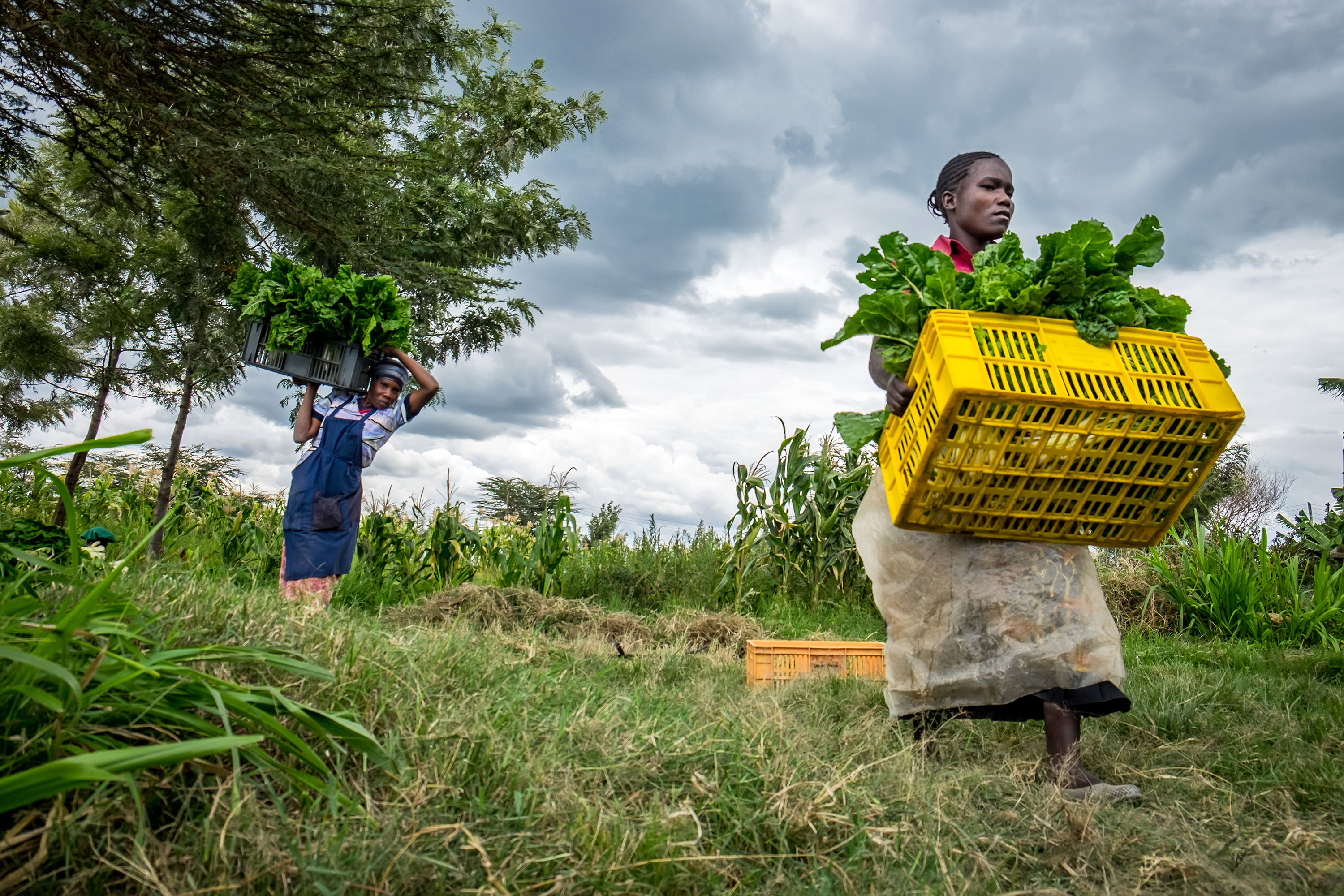Access to quality inputs is critical for boosting agricultural productivity. However, quantitative research (Tjernström et al., 2017; Bold et al., 2017; Ashour et al., 2019) and news reports (Muchiri, 2019; Okinda, 2019) have documented that the quality of agricultural inputs—such as seeds, fertilizer, and pesticides—is often low in rural African markets. The inability of buyers to detect product quality has been shown to allow low-quality inputs to persist. Consistent with these findings, evidence from this study’s pilot phase showed that low- and high-quality products often appeared similar across observable characteristics, including price and packaging, aligning with widespread reports of counterfeiting (KAM, 2012; Okinda, 2019; see Figure A1). In such environments, market breakdowns resembling a “lemons market” can occur, in which selling high-quality products is not profitable (Akerlof, 1970; Wolinsky, 1983).
This project evaluated whether an information campaign designed to improve Kenyan farmers’ ability to detect seed quality could (1) increase the use of techniques to verify seed quality, (2) increase adoption of quality-verified seeds, (3) improve the average quality of seeds available in local markets, and (4) enhance agricultural outcomes. The study also examined differential impacts between female-headed and male-headed households, explored potential mechanisms related to information-sharing networks, and assessed the implications of the findings for reducing gender gaps in agricultural productivity.
To quantify the impacts of the information campaign, the study randomized the intervention across 320 small rural markets in Western Kenya. In treated markets, the research team worked with local assistant chiefs to distribute informational flyers and deliver messages to influential community members at village elder meetings, farmer group meetings, and barazas and chamas (local community gatherings). The intervention was implemented in the month preceding the planting season, which typically begins with the onset of rains in March. Data collection included baseline household surveys conducted prior to treatment, a market audit of seed quality during the planting season, follow-up surveys of sellers after planting, and household follow-up surveys conducted after harvest.
To assess differential impacts by gender, the sample was stratified to ensure sufficient representation of female-headed households. Motivated by evidence that gender dynamics shape information-sharing networks (Kondylis, 2016), the study also examined mechanisms by exploiting quasi-random variation in the gender of the enumerator delivering the information campaign.
The completed project provided direct empirical evidence relevant for increasing yields of a staple crop critical to food security. The findings shed light on how informational barriers differ between male-headed and female-headed households and how local gender dynamics influence the transmission and effectiveness of information. More broadly, the study contributed to understanding the role of information asymmetry as a barrier to the adoption of productive agricultural inputs. The analysis further explored the extent to which lessons from the maize seed market may generalize to other markets for productivity-enhancing technologies and discussed policy implications for closing gender gaps in labor productivity.
